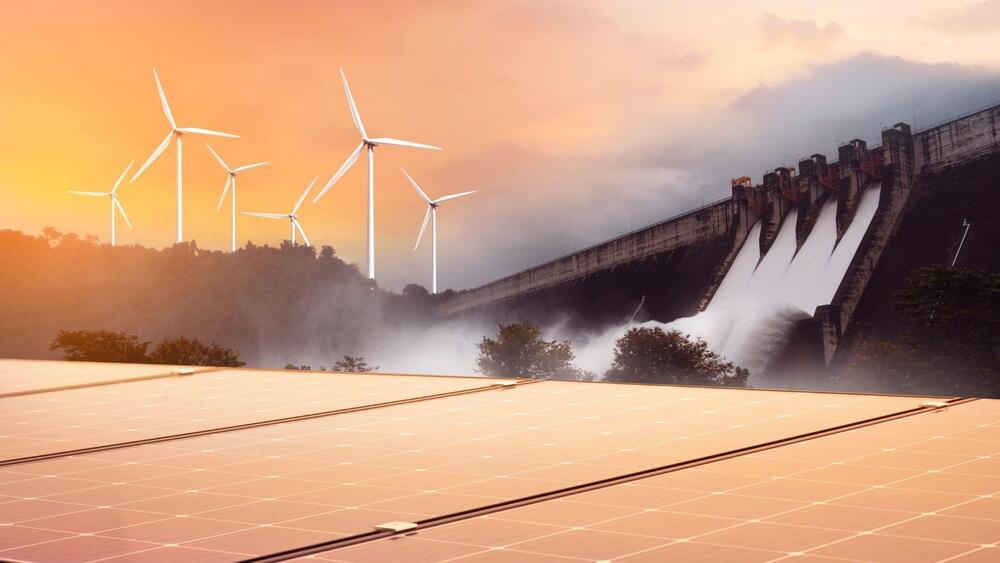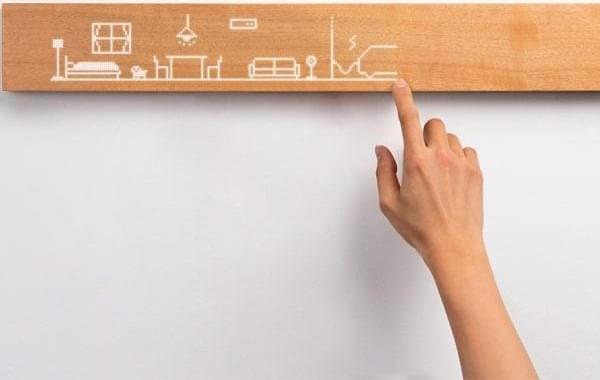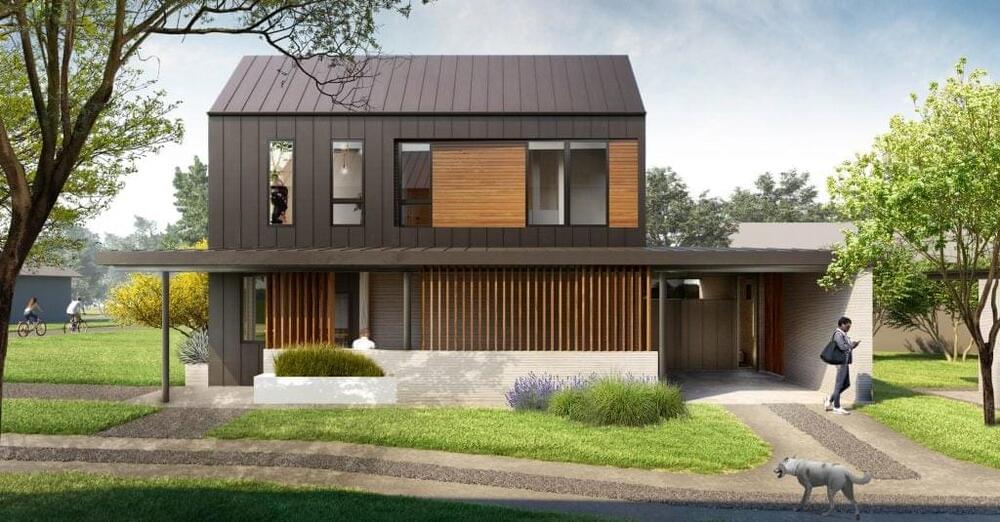Climate change policy has entered a new era. The growing row between the United States and the European Union over the impacts of the new American green subsidy regime makes that all too clear. Yet, in many ways, this story is ultimately about China.
For the last 20 years, developed countries have used three main types of policies to cut their greenhouse gas emissions. Renewable energy mandates have required electricity generators to invest in solar, wind, hydro, and geothermal power. Emissions trading schemes for energy and industrial businesses put a price on carbon. And energy efficiency standards have been progressively improved on a whole range of products, from vehicles and white goods to homes.





